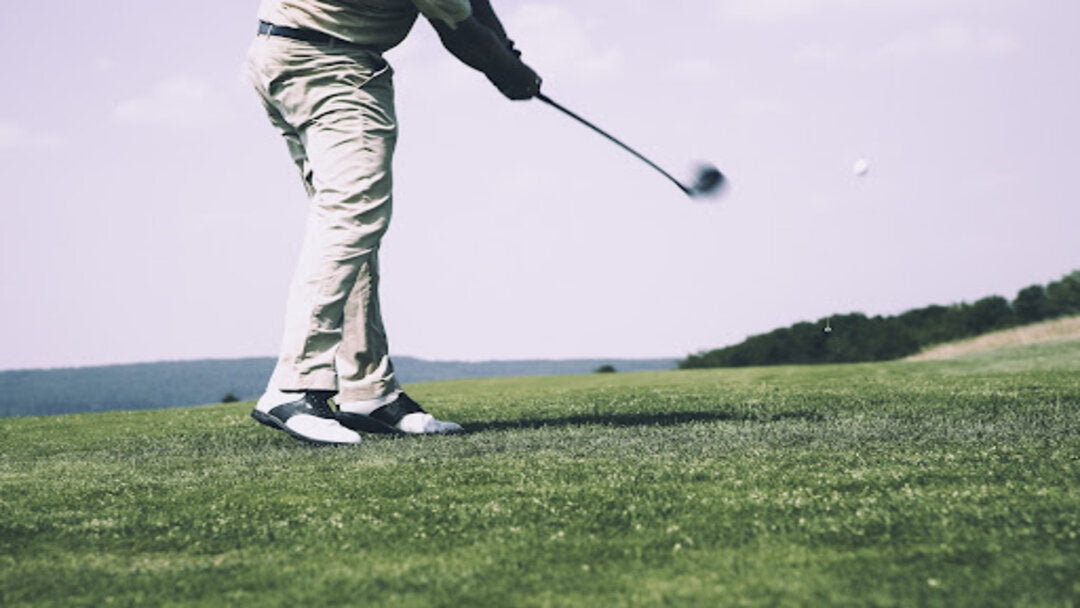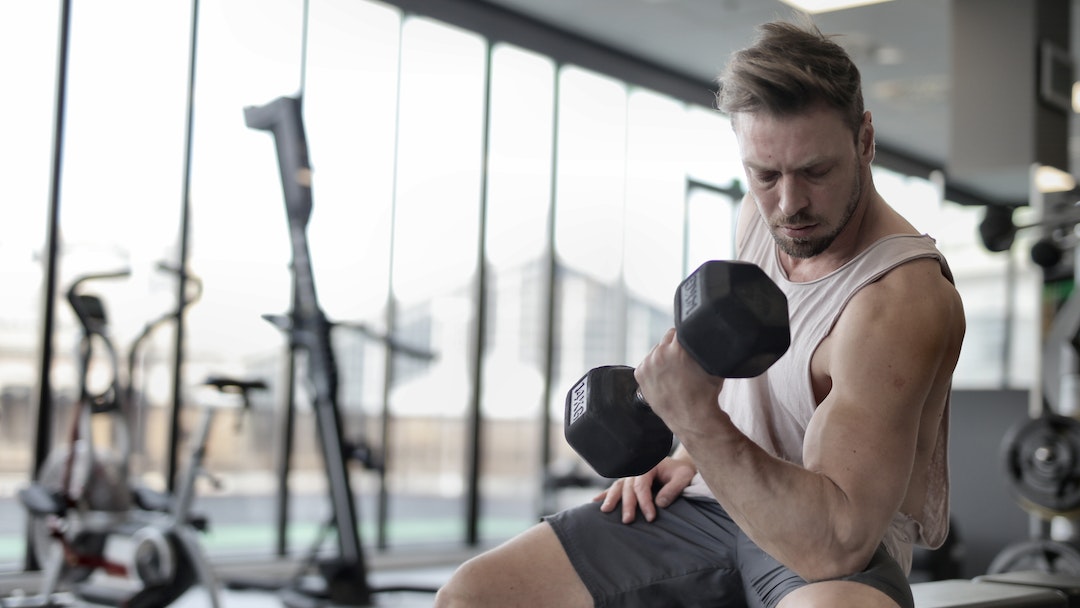Golfer’s elbow is also called medial epicondylitis, which is a form of tendonitis that causes inflammation and pain in the forearm and elbow tendons. The tendons develop small tears with repeated motion, such as twisting, grasping, and bending, leading to forearm, wrist, and elbow pain. While you don’t have to swing a golf club to develop this condition, medial epicondylitis has treatment options. Let’s take a closer look at golfer’s elbow and how you can treat it.
Do you need a CBD muscle rub to help with your golfer’s elbow or other painful ailments? Herbal Ice’s Hemp Muscle Rub can help alleviate those aches and pains. Get yours here!
Who Is Affected By Golfer’s Elbow?
Only 1% of the population is affected by golfer’s elbow, primarily developing in men and women between 45 to 64. Women are more likely to develop this condition. No, it is not the result of playing sports. Over 90% of those with this condition did not participate in golfing or any other sport.
In many cases, medial epicondylitis affects the person’s dominant arm. For example, right-handed individuals will develop a golfer’s arm in the right arm. Usually, the symptoms start as a tender spot in the inner elbow, eventually radiating up and down the arm. Golfer’s elbow can take a few weeks to months to show signs of pain. At first, the inner elbow might seem tender. You could experience aching pain in your wrist or forearm. There might even be numbness or tingling in your hand.
There are specific risk factors for developing medial epicondylitis. If you spend two or more hours doing repetitive actions, are obese, or smoke, you are more likely to develop these conditions.
Related: Can’t Straighten Your Arms After a Workout? Here’s What to Do.
Fortunately, there is good news. Many people will recover from golfer’s elbow by implementing a few treatment options into their daily life. With these steps, you can help your tendons heal. However, if you don’t treat the golfer’s elbow, it can cause permanent damage, such as limiting your range of motion and chronic pain.
Before you treat a golfer’s elbow, you need to get the proper diagnosis. If you are experiencing pain in your wrist, arm, or elbow, schedule an appointment with a medical professional.

Diagnosing Golfer’s Elbow
If you are suffering from pain, you need to visit the doctor. Medial epicondylitis can be diagnosed with a physical exam and a look into your medical history. The medical provider will apply pressure to the affected area, while a physical examination consists of moving your fingers, wrist, and elbow in various positions. The doctor will often schedule an X-ray of the affected area along with these tests. The medical provider must rule out arthritis and fractures. The provider might need more comprehensive imaging, such as an MRI, to look at your tendons in some situations. Once you have been diagnosed, you can move on to treatment options.
Related: 5 Best CBD Muscle Rubs
Treatment for Golfer’s Elbow
To treat a golfer’s elbow, you must avoid activities that cause pain. You can use ice to relieve swelling and pain. Many people use over-the-counter pain relievers, such as naproxen sodium, ibuprofen, and acetaminophen.
While some people might want to get corticosteroid injections, they are not recommended due to long-term effects.
Therapy is another option for some people. You will need to rest and avoid repetitive activities until the pain is gone. Not allowing the elbow to rest can worsen the condition over time.
Ice is one tried and true method to relieve pain. You can place an ice pack on the affected area for about 15 to 20 minutes. Make sure to wrap the pack in a thick towel to protect your skin. It is not a bad idea to massage the elbow for a few minutes per day.
Consider using a brace. Your medical provider might recommend a counterforce brace on the arm to reduce muscle and tendon strain.
Along with that, think about light stretches to strengthen the affected elbow. With a progressive load of the tendon, you can build up the strength in the affected area. You might have to schedule several sessions with an occupational therapist in some situations.
Today, many people are turning to hemp-based creams to relieve pain in their arms, legs, and elbows. Hemp extracts are effective at reducing pain and inflammation. Herbal Ice’s hemp Muscle Rub is made with traditional herbs to help alleviate swelling, muscle pain, and arthritis. This topical rub is designed to quickly get to the source of the pain and easily stop any discomfort. When you combine this rub with other treatment options, you can see an improvement in this condition.
After all of that, you can gradually return to your daily activities. Once the pain is gone, you can get back on the court, course, or just to your daily activities.
Is Surgery Necessary?
Fortunately, surgery is seldom required for the tendons. However, if your symptoms do not respond to conservative treatment in six months, surgery might be an option. Many surgeries are minimally invasive, using an ultrasound-guided tool to remove buildup scar tissues near the affected tendon.
Related: Legs Sore After Squats & Leg Day?

Alleviate the Symptoms of Golfer’s Elbow
For the most part, people will get better with ice, pain relievers, hemp muscle creams, and rest. Depending on the severity of the pain, it could take a few months to heal from these conditions fully. You can find relief from this condition when you take it easy and follow all of your doctor’s instructions.
Golfer’s elbow can be painful if not treated. There are plenty of methods to get your tendons back into shape so that you can continue with your daily activities. From ice or hemp muscle rubs, there are a few options to help heal your afflicted elbow.
Is the golfer’s elbow slowing you down? At Herbal Ice, our Hemp Muscle Rub can help alleviate those symptoms associated with this condition! Visit our shop to learn more!



